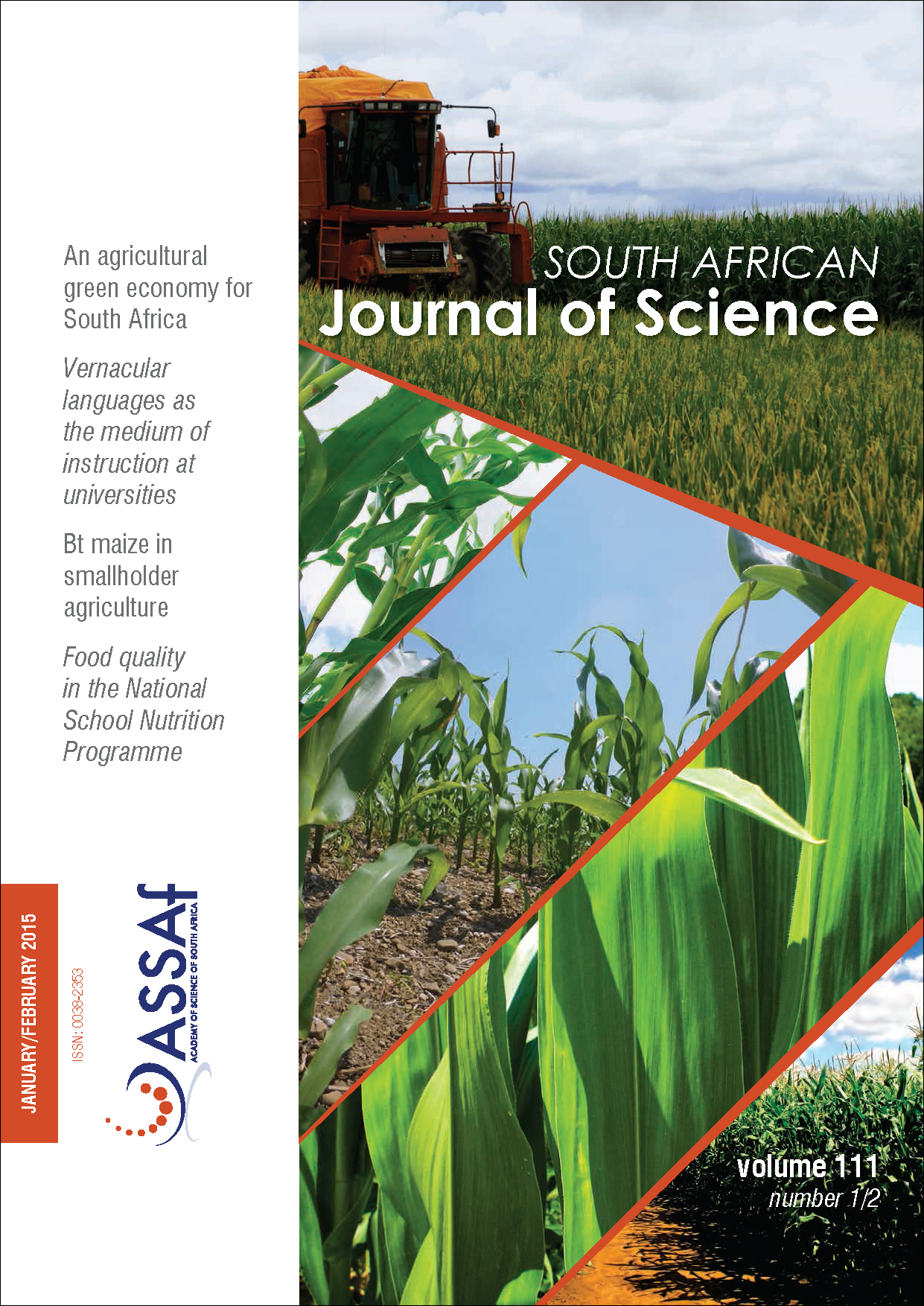Recognition of materials and damage on historical buildings using digital image classification
DOI:
https://doi.org/10.17159/sajs.2015/20140001Keywords:
digital classification, multispectral images, terrestrial laser scanner, diagnostic of cultural heritage, biocalcarenite stoneAbstract
Nowadays, techniques in digital image processing make it possible to detect damage, such as moisture or biological changes, on the surfaces of historical buildings. Digital classification techniques can be used to identify damages in construction materials in a non-destructive way. In this study, we evaluate the application of the object-oriented classification technique using photographs taken with a Fujifilm IS-Pro digital single lens reflex camera and the integration of the classified images in a three-dimensional model obtained through terrestrial laser scanning data in order to detect and locate damage affecting biocalcarenite stone employed in the construction of the Santa Marina Church (Córdoba, Spain). The Fujifilm IS-Pro camera captures spectral information in an extra-visible range, generating a wide spectral image with wavelengths ranging from ultraviolet to infrared. Techniques of object-oriented classification were applied, taking into account the shapes, textures, background information and spectral information in the image. This type of classification requires prior segmentation, defined as the search for homogeneous regions in an image. The second step is the classification process of these regions based on examples. The output data were classified according to the kind of damage that affects the biocalcarenite stone, reaching an overall classification accuracy of 92% and an excellent kappa statistic (85.7%). We have shown that multispectral classification with visible and near-infrared bands increased the degree of recognition among different damages. Post-analysis of these data integrated in a three-dimensional model allows us to obtain thematic maps with the size and position of the damage.
Published
Issue
Section
License

All articles are published under a Creative Commons Attribution 4.0 International Licence
Copyright is retained by the authors. Readers are welcome to reproduce, share and adapt the content without permission provided the source is attributed.
Disclaimer: The publisher and editors accept no responsibility for statements made by the authors
How to Cite
- Abstract 564
- PDF 519
- EPUB 187
- XML 233













.png)